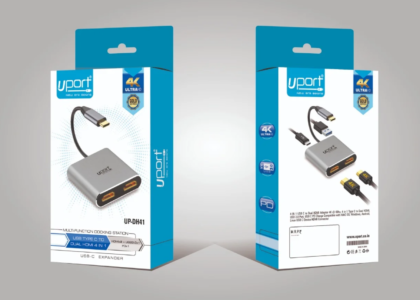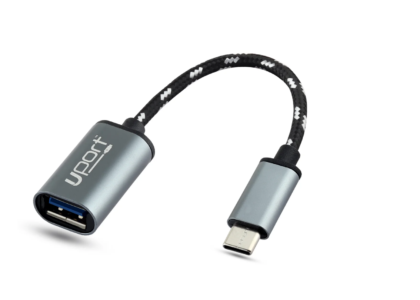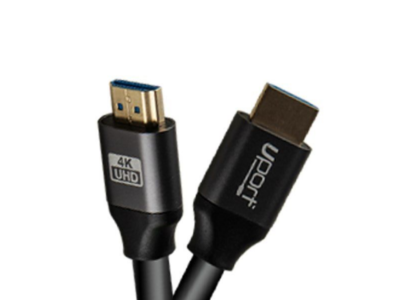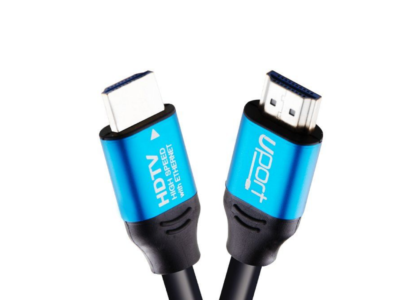In the realm of video connectivity, VGA (Video Graphics Array) cables have been a staple for decades, facilitating the transmission of analog video signals between devices such as computers, monitors, projectors, and TVs. Despite the rise of digital interfaces like HDMI and DisplayPort, VGA cables continue to play a crucial role in various applications due to their versatility and widespread compatibility. In this guide, we will explore the types, uses, advantages, and limitations of VGA cables to help you understand their importance in modern connectivity solutions.
Understanding VGA Cables
What is VGA?
VGA, short for Video Graphics Array, is an analog video standard introduced by IBM in 1987. It became the dominant interface for connecting computers to monitors and projectors before the advent of digital interfaces. VGA cables transmit analog video signals, typically with resolutions up to 1920×1080 (Full HD).
Structure of VGA Cables
VGA cables consist of:
- Connectors: VGA cables feature a 15-pin DE-15 connector (often referred to as a VGA connector) on each end, with three rows of five pins each. This connector carries the RGBHV (Red, Green, Blue, Horizontal Sync, Vertical Sync) analog signals.
- Cable Construction: The cable itself is shielded to minimize interference and ensure reliable signal transmission over distances commonly up to 30 meters (about 100 feet).
Types of VGA Cables
- Standard VGA Cables: These are the most common VGA cables, typically used for connecting computers to monitors or projectors in office, educational, and home environments.
- VGA Extension Cables: Extension cables provide additional length between devices, allowing greater flexibility in positioning monitors or projectors.
- VGA to HDMI Adapters/Cables: While not strictly VGA cables, adapters and cables exist to convert VGA signals to HDMI for compatibility with modern displays lacking VGA inputs.
Uses of VGA Cables
Educational Institutions
VGA cables are widely used in schools and universities to connect computers to classroom projectors or interactive whiteboards, facilitating presentations and educational content delivery.
Business Environments
In office settings, VGA cables connect desktop computers or laptops to monitors or projectors in conference rooms, enabling presentations, video conferencing, and collaborative work sessions.
Home Entertainment
Although less common now due to the prevalence of digital interfaces, VGA cables can still be used to connect older computers or gaming consoles to VGA-compatible TVs or monitors for basic multimedia purposes.
Industrial Applications
VGA cables are used in various industrial applications where rugged analog video connections are required.
Advantages of VGA Cables
- Compatibility: VGA cables are widely compatible with older computers, monitors, projectors, and other display devices.
- Cost-Effective: They are often more affordable than digital alternatives like HDMI or DisplayPort cables.
- Analog Signal Transmission: In certain situations, analog signals may be preferred due to lower latency or specific hardware requirements.
Limitations of VGA Cables
- Resolution Limitation: VGA supports resolutions up to 1920×1080 (Full HD)
- Signal Degradation: Analog signals transmitted over VGA cables can degrade over longer distances or in environments with electromagnetic interference.
- Phasing Out: With the transition to digital interfaces, VGA ports are becoming less common on new devices, limiting future compatibility.
Choosing the Right VGA Cable
When selecting a VGA cable, consider:
- Length: Choose a cable length suitable for your setup, minimizing signal degradation over longer distances.
- Build Quality: Opt for cables with sturdy connectors and good shielding to ensure reliable signal transmission.
- Adapter Compatibility: If connecting to HDMI or other digital displays, ensure compatibility with VGA to HDMI adapters or cables.
Conclusion
For high-quality, visit uport.in, where you can explore a range of connectivity solutions tailored to your needs.
Stay tuned to our blog for more insights into connectivity technologies and solutions.






